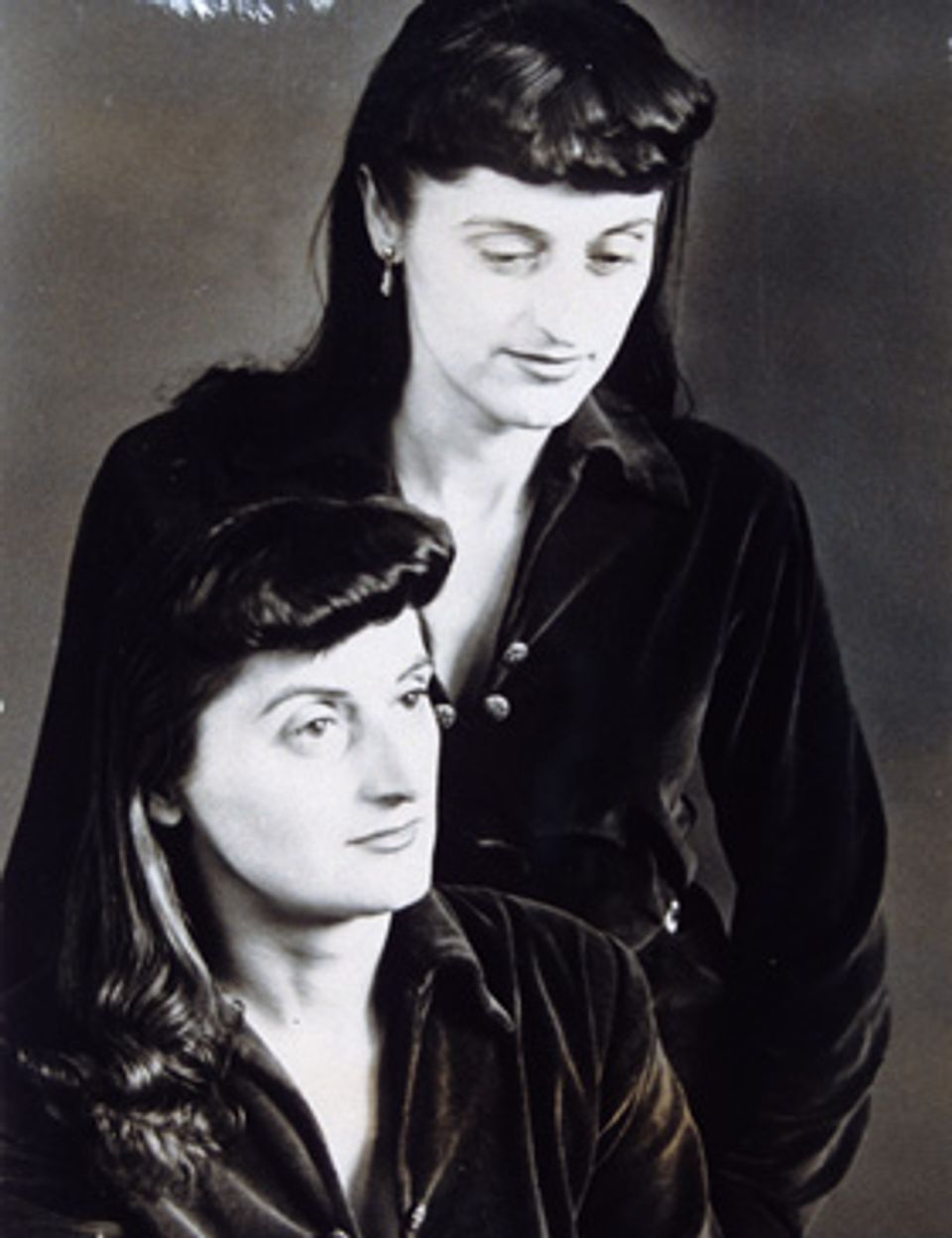Artist Biography
Born in Chicago and trained in Colorado, Jennie Magafan participated in federal art projects in the Midwest, producing The Windmill [SAAM, 1971.447.66] and several post office murals. She had a New York show in 1940 and won a national award in 1942, but her talent was nourished in the American heartland.
New Deal art from the farm belt often extolled the dignity of hard work, the beauty of the American landscape, and the richness of its resources. A windmill and a barn dominate Magafan's composition (in The Windmill, 1937). The clean, sharp lines and the scraped paint surface add to the scene's sparenesss: snow covers the ground, the tree has no leaves, and the figure turns away from the viewer. In the absence of any action, the windmill and barn become the subjects, emblems of the American farm, harnessing nature's power to work for man and to protect the fruits of his efforts.
Elizabeth Chew Women Artists (brochure, Washington, DC: National Museum of American Art, Smithsonian Institution)
Luce Artist Biography
Jenne Magafan and her twin sister, Ethel, were encouraged by their Greek father, who told them that they had inherited their artistic talent from ancient ancestors. The twins collaborated on several mural projects, and Ethel told a newspaper reporter that “Though we’ve worked closely, there’s never been the least sense of competition between us, for we work so differently.” Their collaboration started when they worked as mural assistants in the early 1930s. They soon entered WPA mural competitions, and newspapers turned them into minor celebrities with articles about their talent, good looks, and quirky habits. One article described their fondness for unusual pets, including a woodpecker and a goat. The sisters lived near each other with their husbands in Woodstock, New York, and saw each other daily. But their collaboration was cut short when Jenne Magafan died at thirty-six. (Fisher, “Magafan Twins Combine Housekeeping and Painting in Parallel Careers,” Christian Science Monitor, November 16, 1950)














